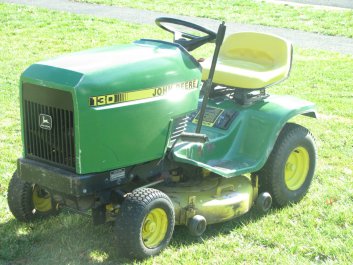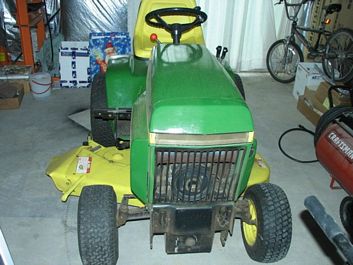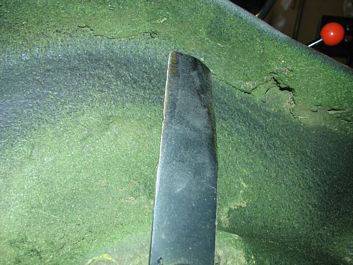
 |
 |
| This
little
lawn
tractor, a 1986 Deere
model
130 now resides in North Carolina with my son. |
 |
 |
| Before
-
1982
Deere
317
-
Side |
Before - 1982 Deere 317 - Front |
 |
 |
| The
previous
owner
was
fond
of
the
rattle
can |
The
blade
on
the
right
needs
new
bearings |
 |
 |
| This
blade
must
have
mowed
some
rocks |
Why would you paint the grass clippings black |
© Fager 11-20-10